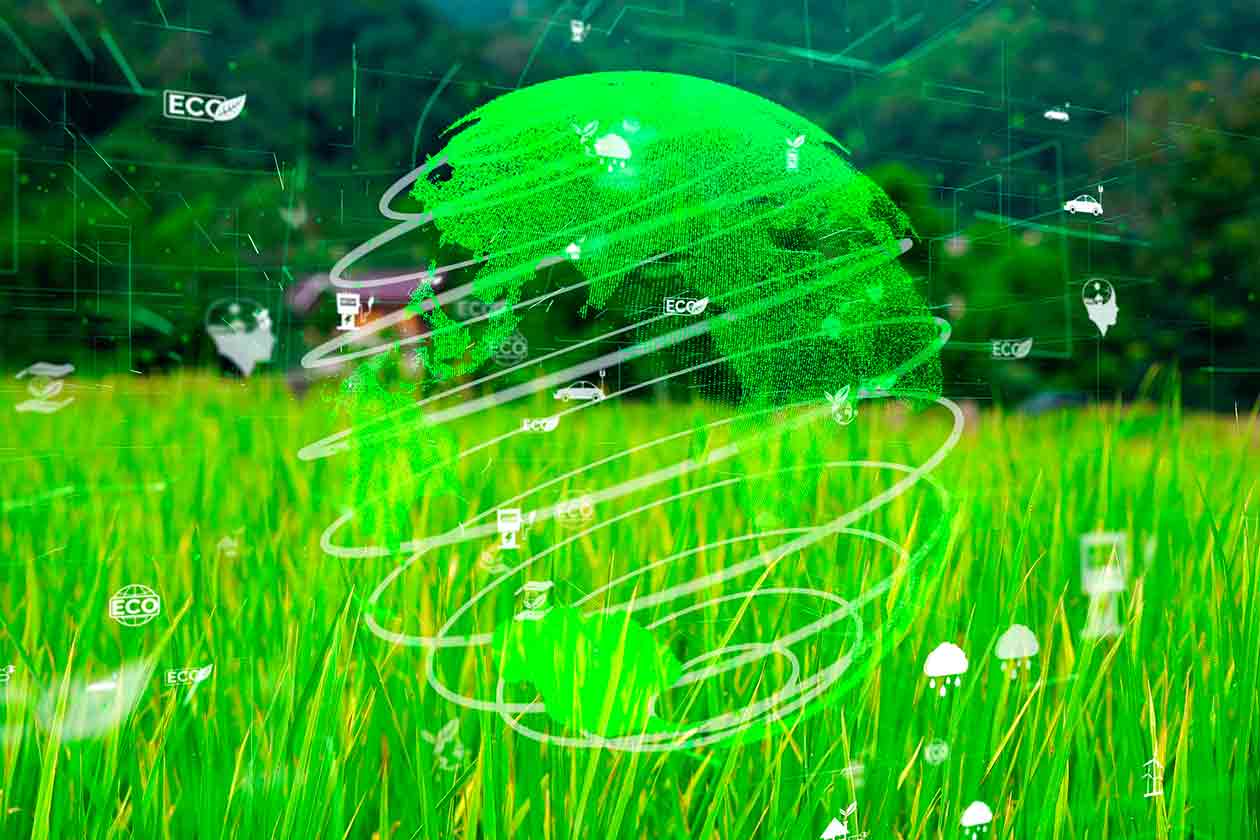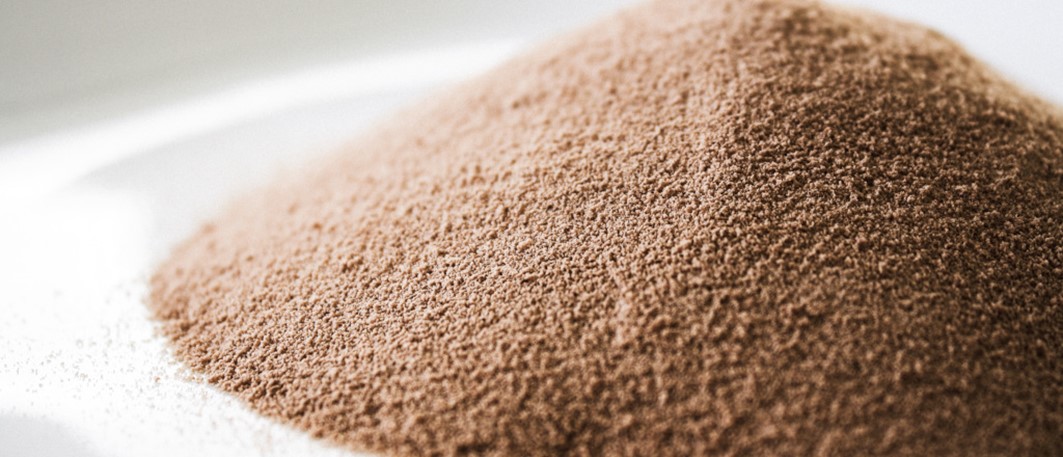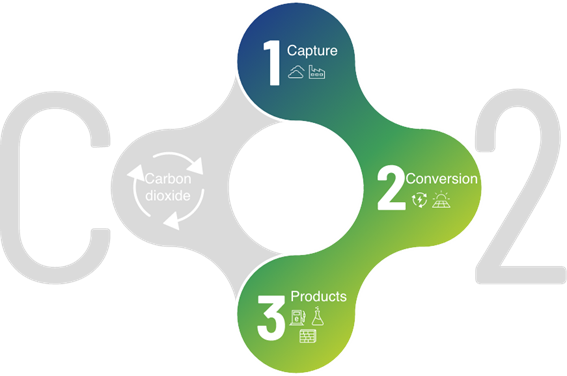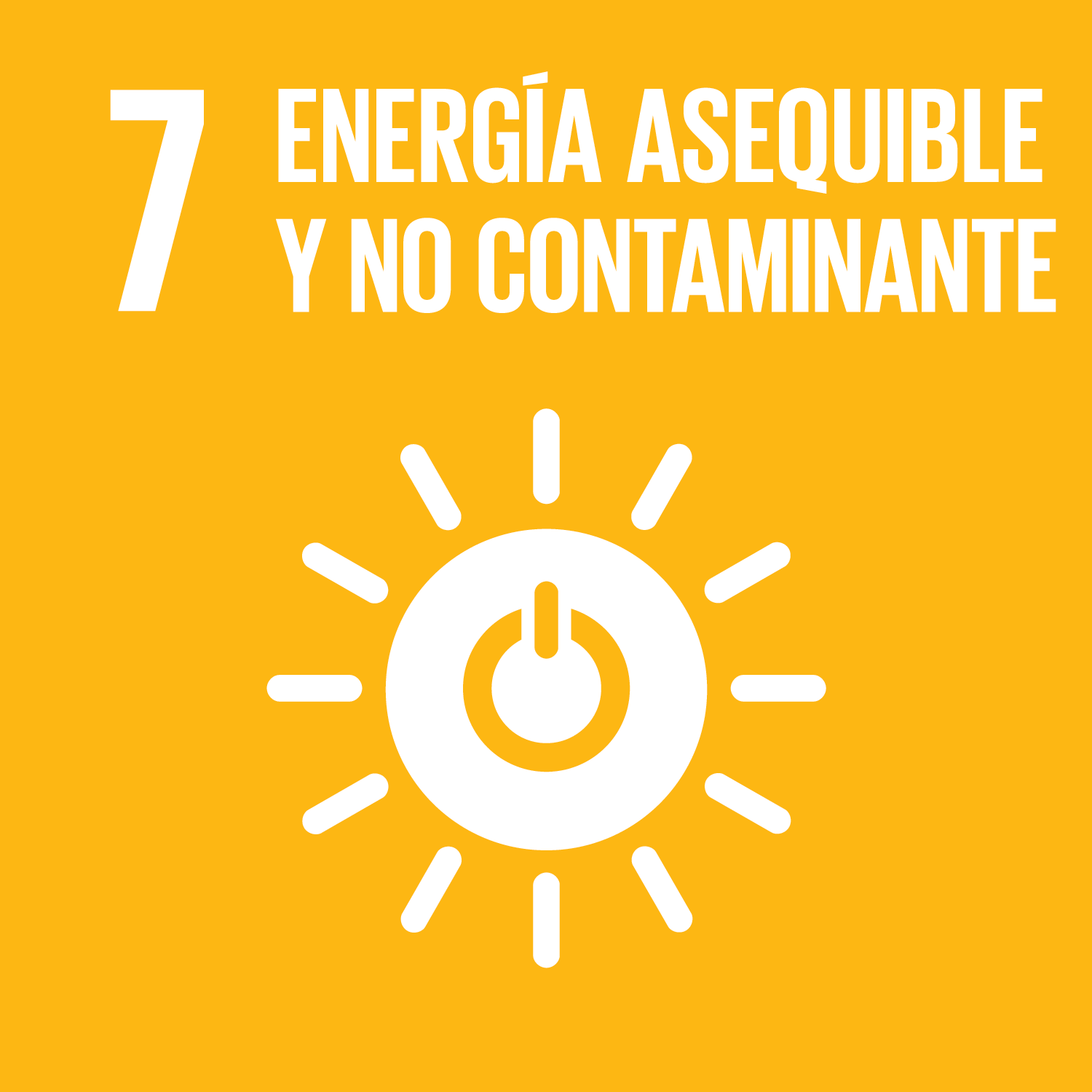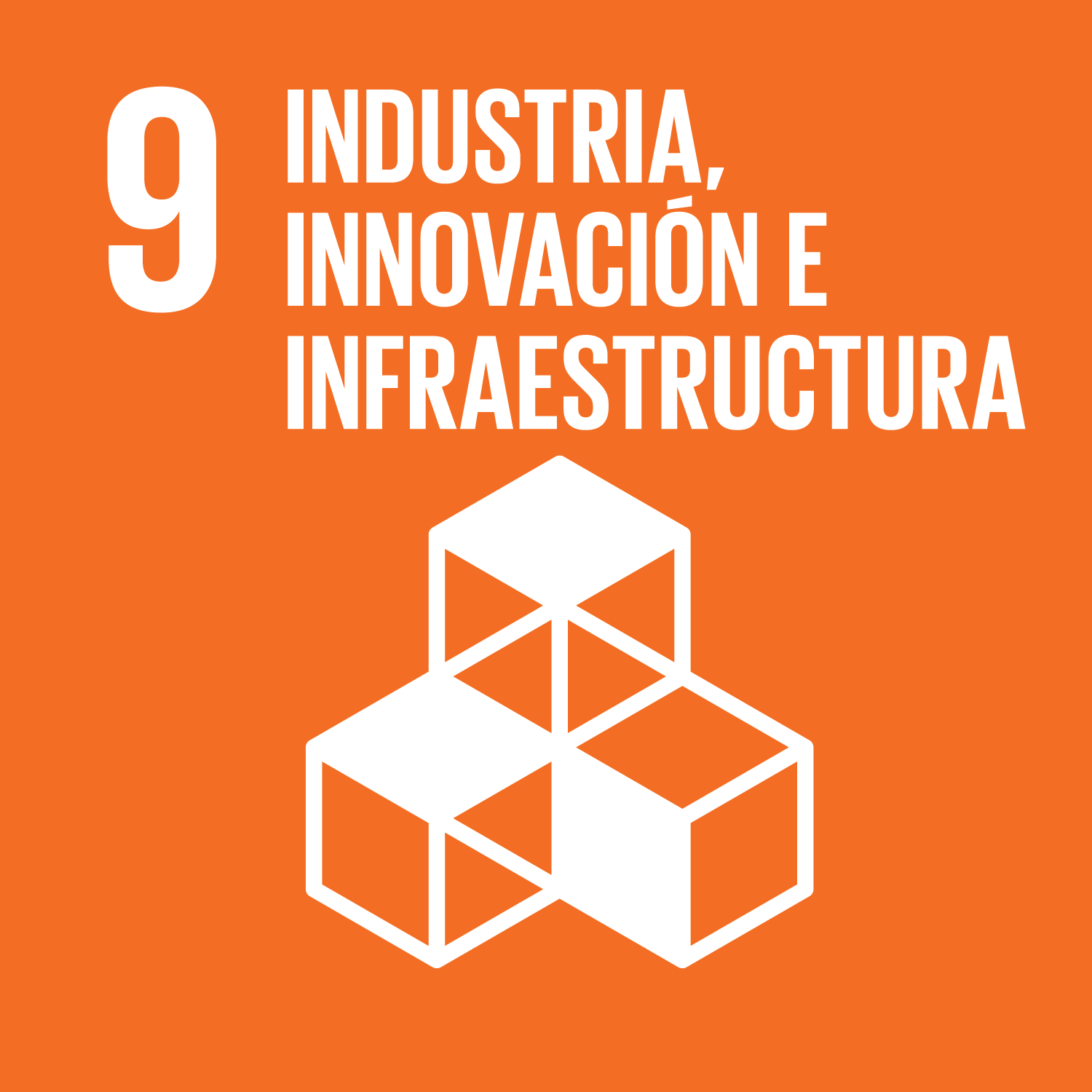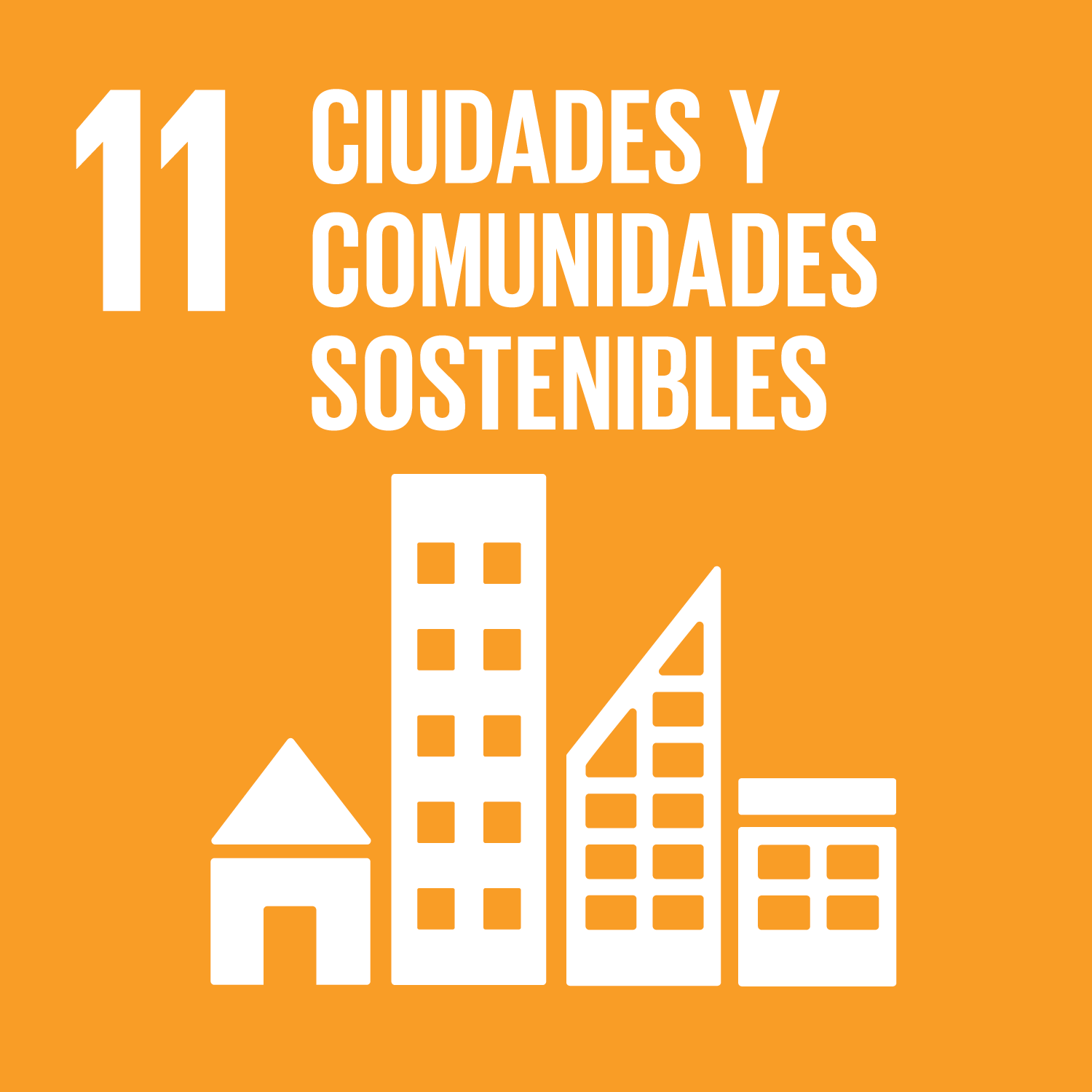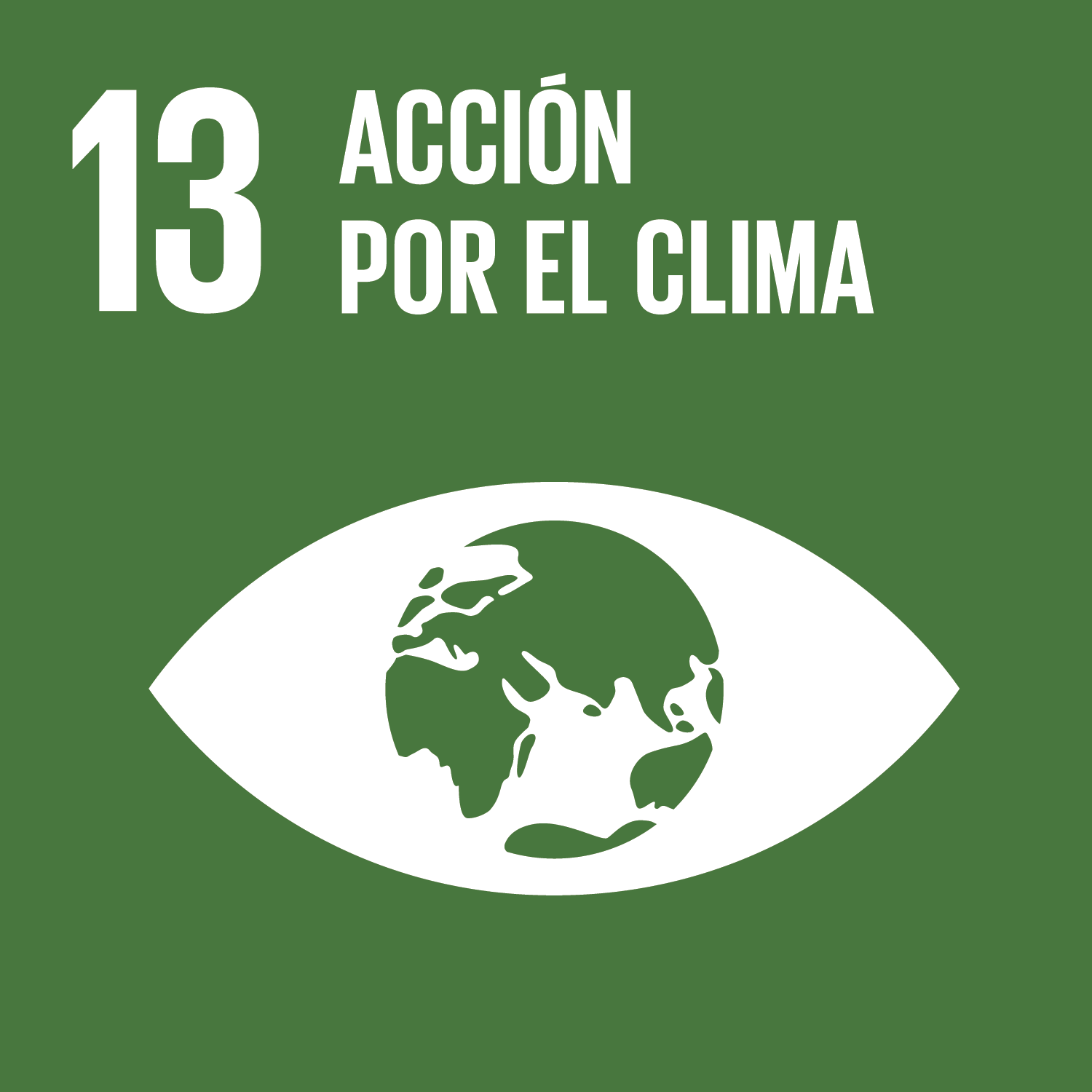In an increasingly approaching future, greenhouse gas emissions (GHGs) being effectively utilised as resources in the generation of high-value materials or products is becoming more of a reality. The valorisation of these gas streams has been gaining momentum for years as part of sustainable biological processes, thus providing an alternative to traditional technologies for their elimination. These are known as GHG biorefineries. Let’s discuss the types of biorefineries, the bioproducts that can be obtained through them, and an example of a biorefinery we are currently working on.
In this context, GHG biorefineries (spanish) emerge as integrated structures where biotechnological processes take place to transform these gases into biomass associated with high-value bioproducts of interest in the market, through the use of microorganisms. Over the past decades, these biological treatments have positioned themselves as promising technologies, not only for their efficiency but also for their ease of integration into circular economy models. The microorganisms employed in these systems are mostly capable of operating at ambient pressure and temperature, thereby requiring less energy compared to physical-chemical treatments for GHG elimination.
However, the challenge of these technologies lies in deepening the understanding of the microbiology of these processes and in developing systems that maximise gas transfer to ensure high yields at a large scale.
High-value bioproducts that can be obtained in these biorefineries
The development of C1 gas bioconversion biotechnologies has advanced notably in recent years, as it is relatively straightforward to create added value through the direct bioconversion of methane (CH4) or CO2 streams into certain bioproducts, in industries such as food and beverage, waste management plants, or biogas or bioethanol plants.
Some of the bioproducts that have been extensively studied regarding CH4 biorefineries are:
- Biopolymers or polyhydroxyalkanoates (PHAs) are one of the most studied options for CH4 valorisation, primarily because they offer a more sustainable alternative to conventional petrochemical analogues such as polyethylene and polypropylene.
- Ectoine, a cyclic imino acid that effectively stabilises enzymes, nucleic acids, and DNA-protein complexes, is commercially a high-value bioproduct for the pharmaceutical industry, with cosmetics being its main area of application.
- Antibacterial compounds produced by some methanotrophic cultures (such as Methylocystis minimus and Methylobacter luteus) have high potential in combating antibiotic resistance.
- Single-cell protein (SCP), also known as microbial unicellular protein, leads an extensive field of research in both industrial and academic settings. It is one of the most advanced products within methane biorefineries and is widely accepted in the aquaculture, mariculture, and animal feed markets. Commercial products produced with methanotrophs, such as FeedKind™ (Calysta, USA) and Uniprotein™ (Unibio A/S, Denmark), are approved by the EU (Directive 95/33/EC) for use in protein feeds for salmon and livestock.
